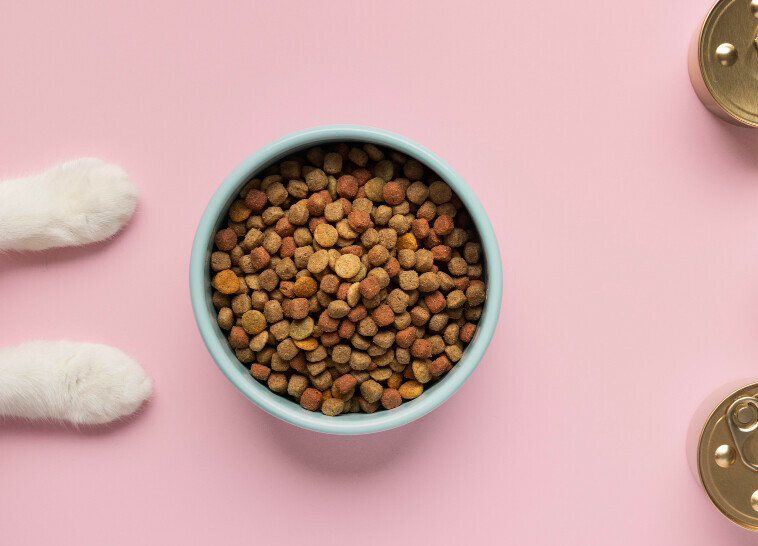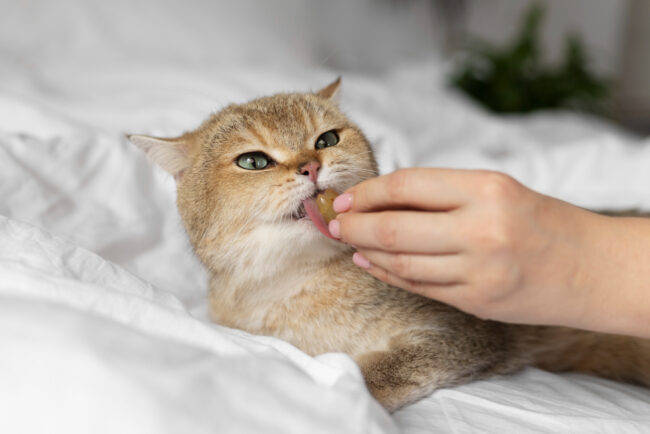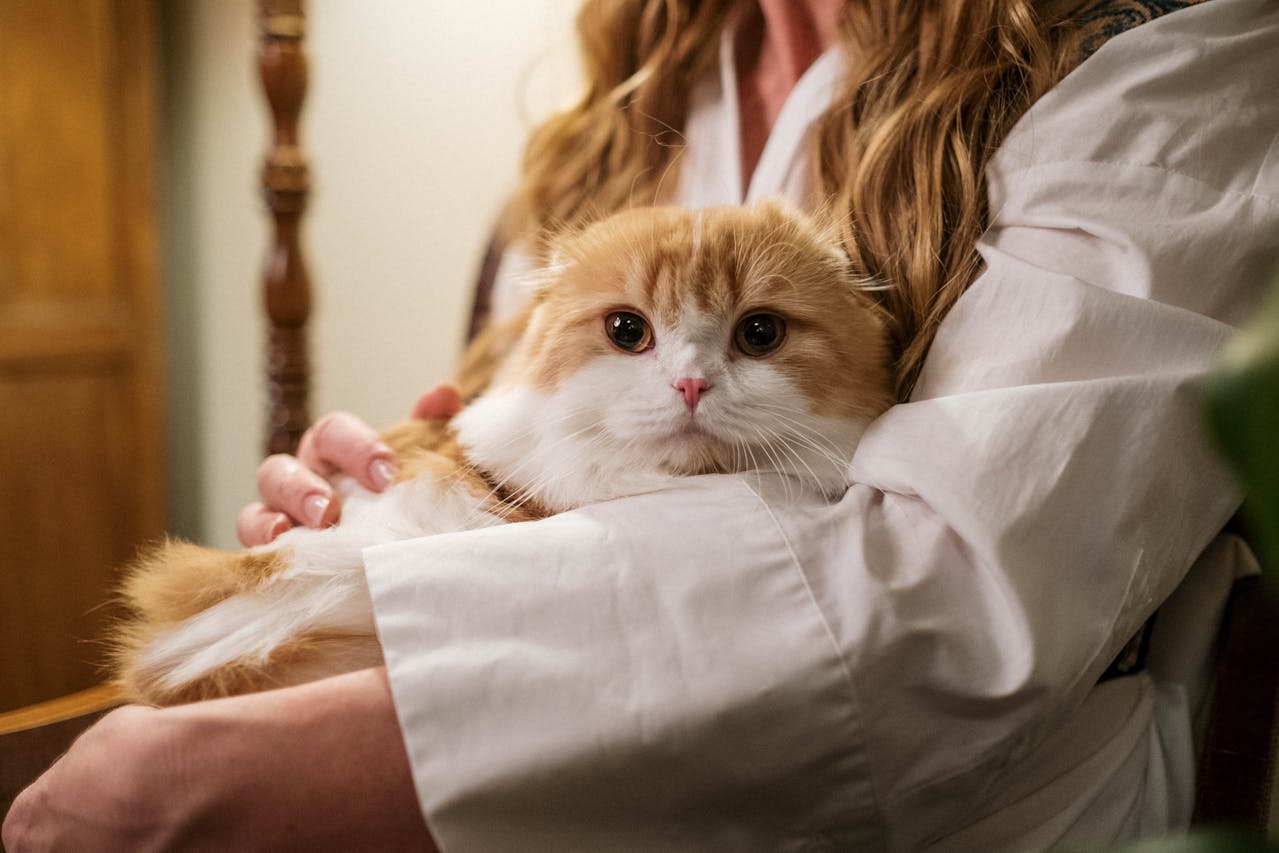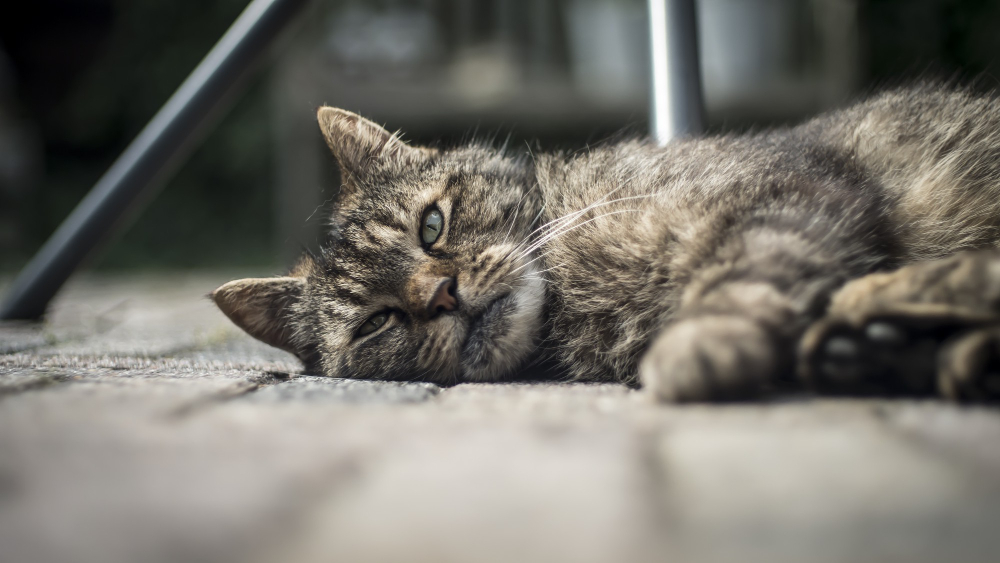I’m going to kick things off by emphasizing the importance of proper nutrition during the early stages of your furry friend’s life. Deciding on the best food for your kitten isn’t just about what makes their little tails wag with delight; it’s about what supplies them with the fuel for growth, strong bones, and a healthy immune system.
Essential Nutrients for Kittens

If you’re wondering how to choose the right kitten food, you’re going to find out about the A-B-Cs of kitten nutrition, right here. Kitten diets should be rich in protein, fats, vitamins, and minerals. However, ‘complete and balanced’ are the magic words you want to spot on that food label, ensuring that the product meets industry standards and contains all the necessary nutrients in the right amounts.
But it’s not all about what’s on the back of the bag or can; it’s also about how these nutrients interact within your kitten’s body. For instance, a surplus of calcium can disrupt bone development, whereas too little taurine can lead to vision and heart issues. That’s why ‘complete and balanced’ kitten food is critical for avoiding such complications, providing your kitten with the ideal nutritional mix from the get-go.
And with that foundation of nutrition in place, let’s look at how these nutrients are delivered. Dry food, wet food, or a mix? That’s the next arena we’ll step into, weighing the benefits against each other to further close in on the optimal choice for your kitten’s burgeoning appetite.
The Great Debate: Wet vs. Dry Food for Kittens
I’m going to tackle one of the most common conundrums pet parents face: wet or dry food for their kittens. This isn’t just about taste preferences; it’s also about their overall health and hydration.
Wet Food

Wet food often appeals more to kittens due to its texture and moisture content. This type of food usually contains higher amounts of protein and fewer carbohydrates compared to dry food. The high moisture content can help keep your kitten hydrated, which is beneficial for their urinary tract health. On the downside, it can be pricier and needs to be refrigerated after opening.
Dry Food

Dry food, on the other hand, is known for being easy to store and can help keep your kitten’s teeth clean by reducing tartar buildup. However, it’s low in moisture, so you’ll need to ensure your kitten is drinking enough water, especially since dehydration can be a risk with dry diets.
Dry and Wet
You’re going to find out about how mixing wet and dry foods might hold the key to balancing convenience and nutrition. Many experts recommend a diet that includes both, allowing your kitten to enjoy the benefits of each.
When choosing the right balance, consider your kitten’s health, activity level, and whether they have any special dietary needs. Adjust your approach down the road as your kitten grows and their needs change.
Remember, every kitten is unique, so choose something that resonates with you and them. Read on, as next, you’ll discover how to become a savvy label reader, ensuring you pick high-quality foods that will support your kitten’s growth, vitality, and health.
Decoding Labels and Understanding Ingredients
I’m going to help you become a savvy shopper for your feline friend. Understanding the ingredients in kitten food is your secret weapon for choosing the best product.
Key Ingredients to Look For

You’re going to find out about the importance of high-quality protein sources like chicken, fish, or turkey, which should be at the top of the ingredients list. This isn’t just about meeting basic nutritional needs; it’s also about supporting your kitten’s growth and development.
Ingredients to Avoid
Choose something that resonates with you and your kitten’s health by avoiding foods with excessive fillers and artificial additives. These can sometimes cause allergies or digestive issues in sensitive kittens.
In my opinion, keeping an eye out for specific nutrients such as taurine, which is essential for heart and eye health, is crucial. Also, a balance of omega fatty acids helps ensure a shiny coat and healthy skin.
If you want to ensure that your kitten thrives, don’t worry too much about the brand name. Focus instead on the nutritional value of the food. You can always adjust your approach down the road if your kitten’s needs change.
Just don’t focus too much on perfection when it comes to ingredients— balance is key. And remember, your first attempt doesn’t need to be your last. As your kitten grows, their dietary needs will change, and you’ll become more attuned to what works best for them.
So my question to you today is, are you ready to pick out the best food for your little companion? With a little knowledge and careful reading, you’ll make a choice that contributes to their health and happiness for years to come.




